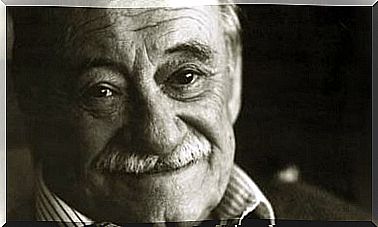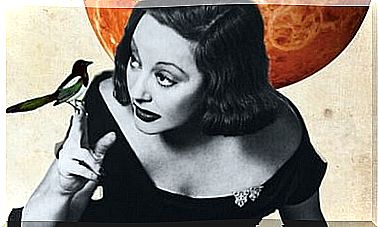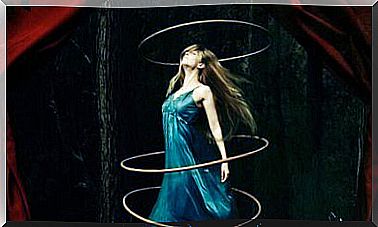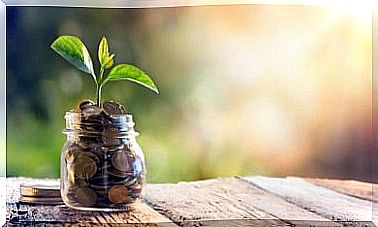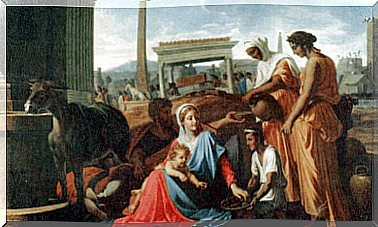Ho’oponopono, The Technique Of Emotional Responsibility
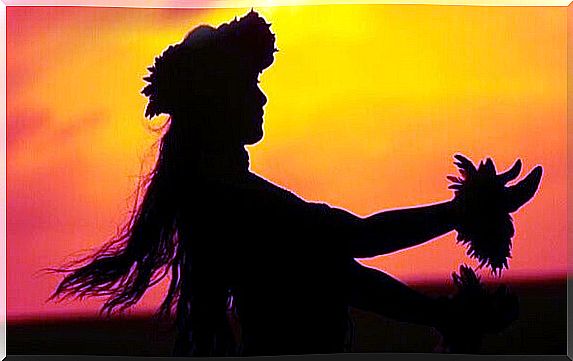
Ho’oponopono is an ancient concept for a modern world. It refers to a Hawaiian art of problem solving taking care of the most emotional consequences of problems, those that we often don’t realize. For this, we must be able to ask for forgiveness, to correct, to mend and to offer kindness. It is, after all, a mental hygiene strategy with which to foster adequate emotional responsibility.
Ho’oponopono was a deeply ingrained practice for centuries in various islands of Polynesia, and although for them it had a clearly spiritual connotation (the purpose was to connect with the divinity itself), it was only in 1976 that this interesting philosophy reached the western world. in a revealing and helpful way.
It was Morrnah Nalamaku Simeona, a Hawaiian priestess and healer, who adapted traditional ho’oponopono to today’s social realities. It is said that she managed to find a real treasure, a gift for the field of personal growth and, above all, for the world of positive psychology. If in the past this practice was done in groups with all members of a family, today it has become individualized so that we can practice it at all times and whenever we need it.
Ho’oponopono allows us to let go of obstacles, bring tensions back, learn from mistakes and channel all the stuck problems that, sooner or later, as we already know, are somatized in the form of illnesses. Doing this can be much easier with the help of this ancient technique…
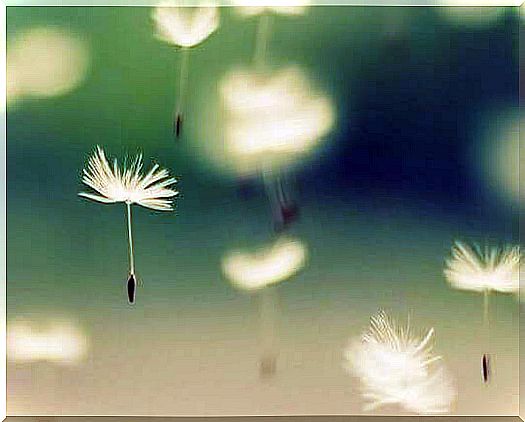
Ho’oponopono, a practice that favors coexistence
Hawaiians believed that people are connected to each other through the “aka”. It is a kind of “etheric” conduit through which life energy flows. Sometimes this invisible conduit or channel weakens or gets sick because of our differences, the problems we’ve brought with us from the past, the lies, the words spoken or silenced. The energy stops flowing so harmoniously and then there are discomfort, problems, disturbances.
Ho’oponopono helps us to heal the “aka”. It not only repairs the bond with the people who are important to us, but it also allows us to reconnect with ourselves. Because if there is something that defines this philosophy, it is the ability to practice kindness in its broadest sense, as well as an active and involving forgiveness that starts in oneself and knows how to recognize what is ethical, what is virtuous and noble.
It is clear, however, that we are not dealing with a scientifically based type of psychology. However, despite its spiritual and non-experimental tradition, it was highly effective in solving different social problems: acts of delinquency, disputes between neighboring groups, families, different ethnicities and even existential problems of a good part of the Hawaiian community.

It is known, for example, that ho’oponopono has been implemented in local prison programs with great success. The elders guided the inmates in this practice to resolve tensions and conflicts, favoring with it an adequate emotional catharsis, which improved coexistence in the penitentiary institutions in Hawaii.
How to apply ho’oponopono in daily life?
Ho’oponopono is the code of forgiveness and emotional responsibility. One fact that praises this kind of philosophy is the need for us to understand something very basic: every conflict arises from itself. We shouldn’t look for external culprits, we can’t assign to others all the responsibility for what happens to us, bothers us or disturbs us. We all have the power to change things and turn them in our favor through kindness, common sense, and ethical and emotional consistency.
To achieve this, to give shape to this healing energy that is part of ho’oponopono, we must put the following strategies into practice.
The 4 steps of Ho’oponopono
- The first step is to become aware of our negative attitudes, emotions or behaviors, those that separate us from the people we love, which impact our well-being and personal freedom.
- The next thing we will do is take responsibility for our actions, what was said or not said, what was done or avoided, what we didn’t try, or the mistakes we made and their consequences.
- Then it’s time to visualize and feel love. We must vividly experience the affection we feel for those people we neglect. We will open an inner “channel” to connect with others.
- Now is the time to take the step, to ask for forgiveness. However, it is necessary to expose something important: in Western culture we tend to say “I’m sorry” and we believe that with this everything is already resolved. However, to complete the cycle correctly, we must also receive the other person’s forgiveness, it is necessary to listen to the “I forgive you”.
The last step, and not least, is to experience liberation. Hawaiians said that when the “aka” reconnects between us by healing the bond, our souls are free again. It is a wonderful feeling that makes us feel fuller, lighter and prepared to resume our paths with greater security and wisdom. Ho’oponopono is, as we see, an exceptional type of philosophy capable of guaranteeing our well-being and the quality of our relationships. So let us put it into practice.
References:
- Pukui, Mary Kawena and Elbert, Samuel H (2009). Ho’oponopono: Contemporary Uses of a Hawaiian Problem Solving Proces University of Hawaii (1986) ISBN 978-0-8248-0703-0
- Simeona, Morrnah, Self-Identity through Ho’oponopono , Basic 1, Pacifica Seminars (1990)
- Vitale, Joe, Hew Len Ph.D (2011), Cero limits. Obelisk Editions

